Prompt Engineering for Better AI Art Results: A Step-by-Step Guide
Tags: prompt engineering, AI art tutorial, Midjourney, DALL·E, Stable Diffusion, prompt tips, digital art, creative AI
AI art tools like Midjourney, DALL·E, and Stable Diffusion have revolutionized how we create visual content. But to truly harness their potential, you need more than just a vague idea—you need to master prompt engineering.
This tutorial dives deep into crafting effective prompts that yield high-quality, consistent, and visually compelling AI-generated artwork. Whether you're a hobbyist or a digital art professional, these strategies will help you take your creations to the next level.
🧠 What Is Prompt Engineering?
Prompt engineering is the process of designing and refining text inputs (prompts) to get desired outputs from generative AI systems. Think of it as writing a creative brief for an extremely literal artist. The more precise, imaginative, and structured your prompt, the better your AI-generated image.
✍️ Basic Prompt Structures That Work
A well-structured prompt typically follows this flow:
[Subject] + [Medium/Style] + [Descriptors] + [Lighting/Composition] + [Optional Context or Mood]
Example:
"Futuristic Tokyo skyline at night, digital painting, cyberpunk style, neon lighting, atmospheric, high detail"
This combines a clear subject with stylistic and environmental cues that guide the AI toward a specific output.
🧪 Advanced Prompting Techniques
🔄 Use Iterative Refinement
Start with a base prompt and tweak one element at a time. This lets you understand how each word influences the result.
🧱 Layer Descriptors
Use multiple adjectives and sensory details. For instance:
"Portrait of a regal woman, baroque style, oil on canvas, warm lighting, intricate lace dress, golden background"
This encourages the AI to interpret both artistic style and subject detail.
⛔ Avoid Vague Language
Words like “cool,” “nice,” or “beautiful” are too subjective. Instead, be specific—use “ornate,” “minimalist,” or “expressionist.”
🎨 Matching Prompts to Artistic Goals
For Realism:
Use terms like “photorealistic,” “35mm film,” “natural lighting,” and specify environments or camera angles.
For Surrealism or Fantasy:
Try “dreamlike,” “ethereal,” “otherworldly,” or mention artists like “in the style of Salvador Dalí.”
For Illustration or Concept Art:
Include terms like “linework,” “cel shading,” “digital matte painting,” and thematic keywords like “concept art for video game.”
🛠️ Tools That Enhance Prompting
-
PromptHero – Find popular prompt templates used across platforms.
-
Lexica – Explore prompt-image pairings for inspiration and structure.
-
Midjourney’s /describe – Analyze an image to reverse-engineer the prompt.
These tools help you decode what works and why.
💡 Final Tips for Better Results
-
Use commas to separate ideas: This makes the prompt easier for the AI to parse.
-
Think like a cinematographer: Consider composition, color grading, and mood.
-
Steal like an artist: Analyze existing prompts and tweak them to match your voice.
Prompt engineering is both a science and an art. The more you experiment, the better your understanding becomes.
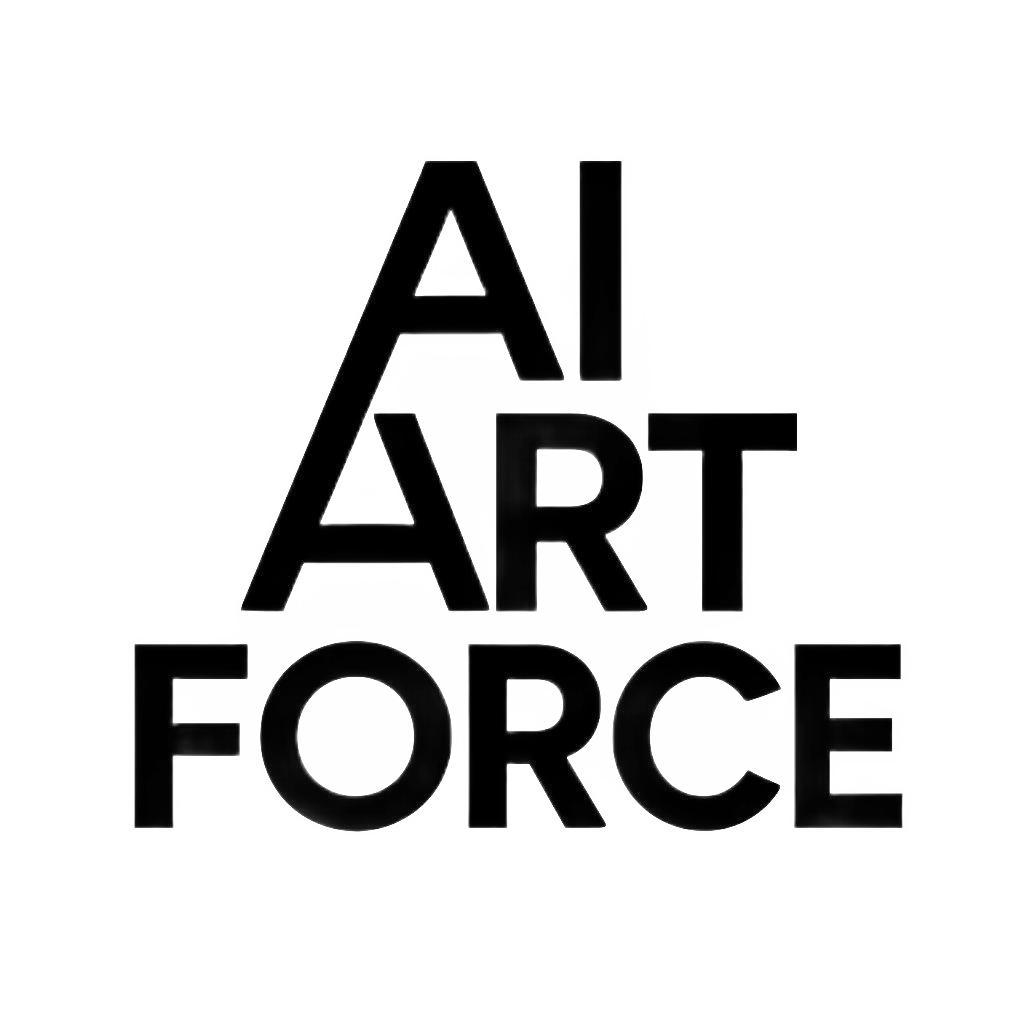
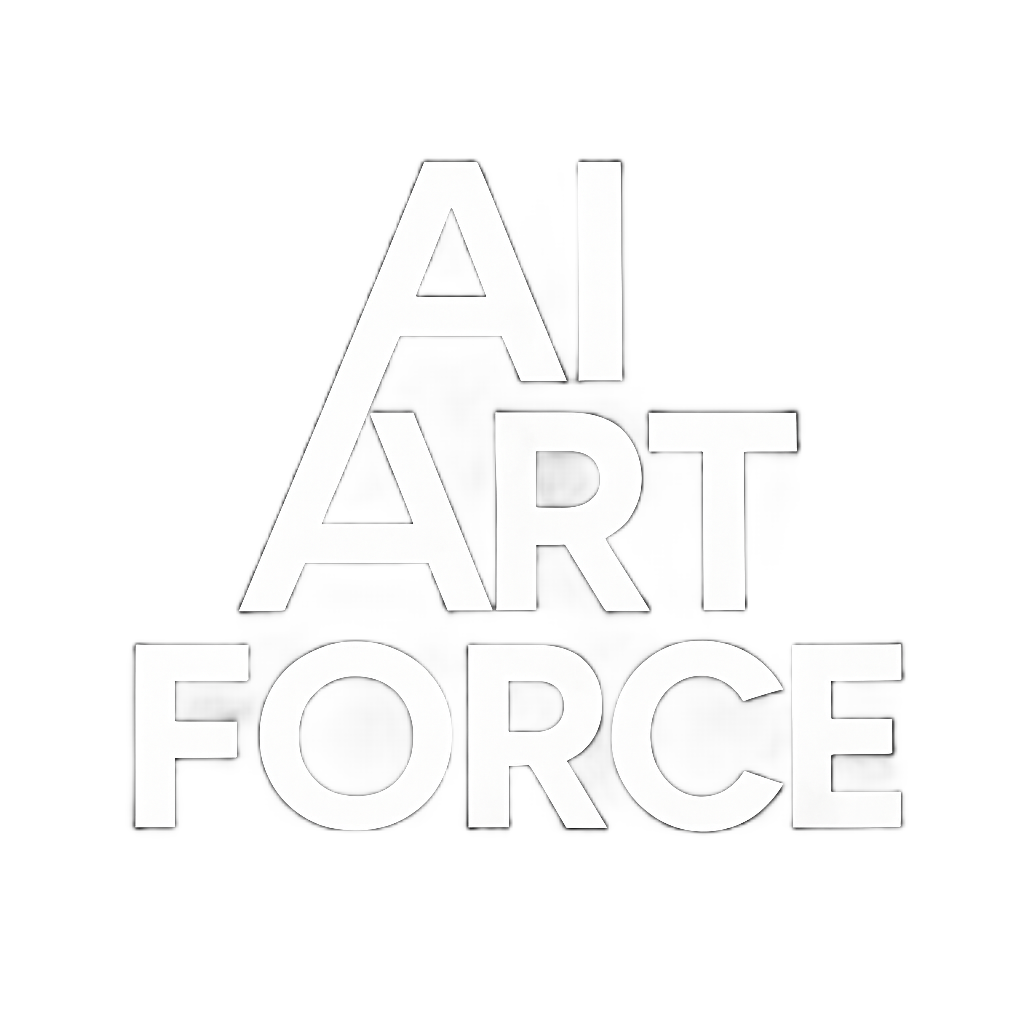
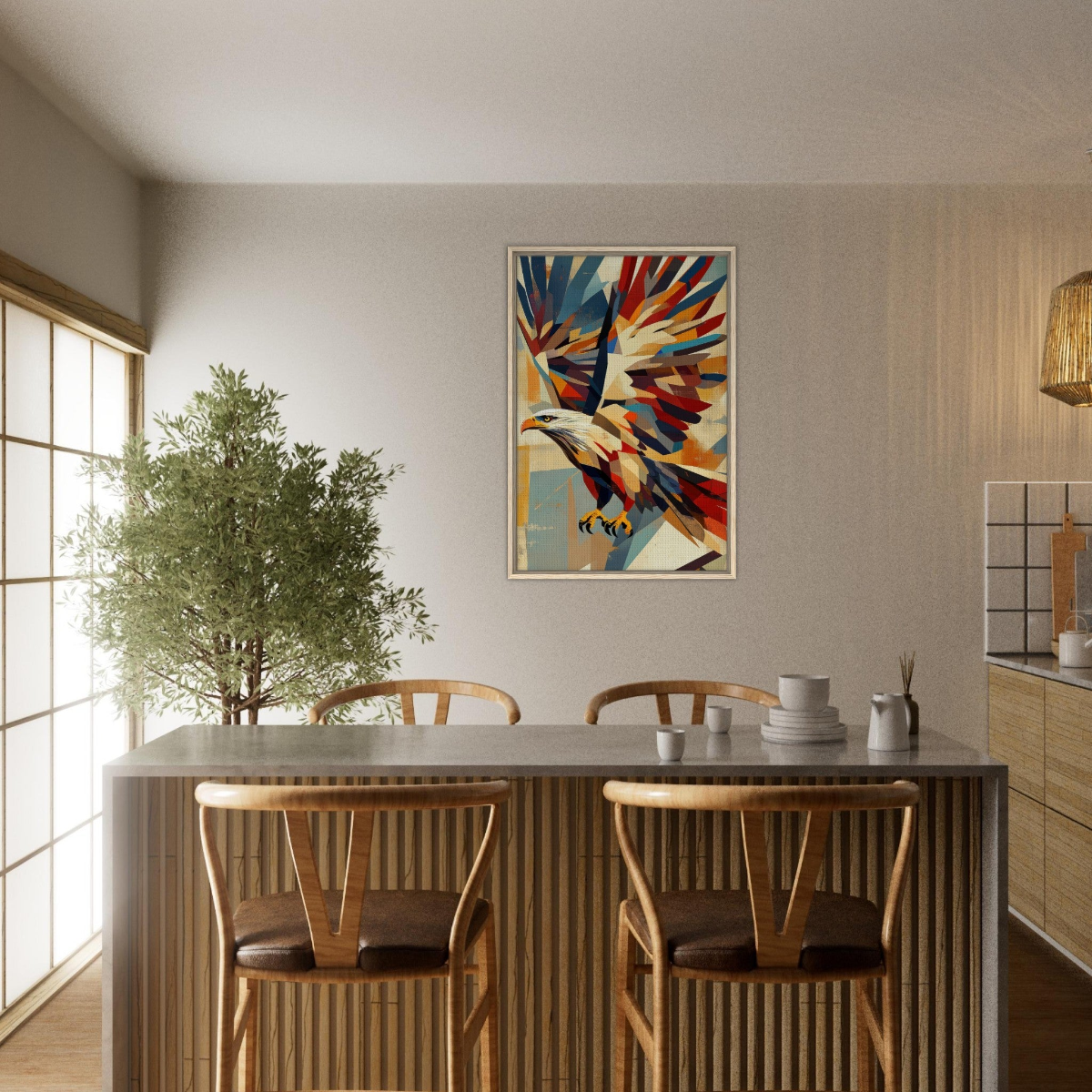
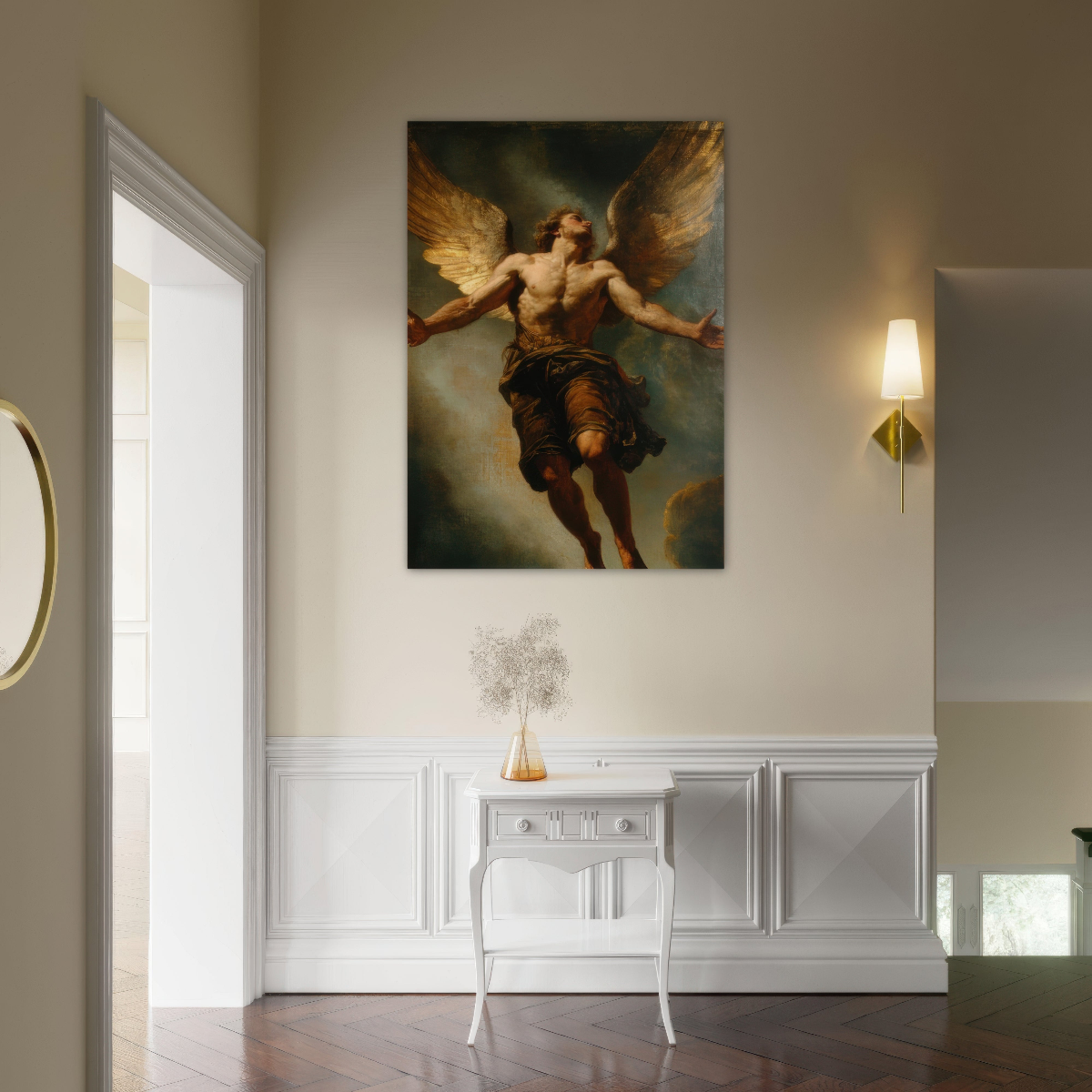
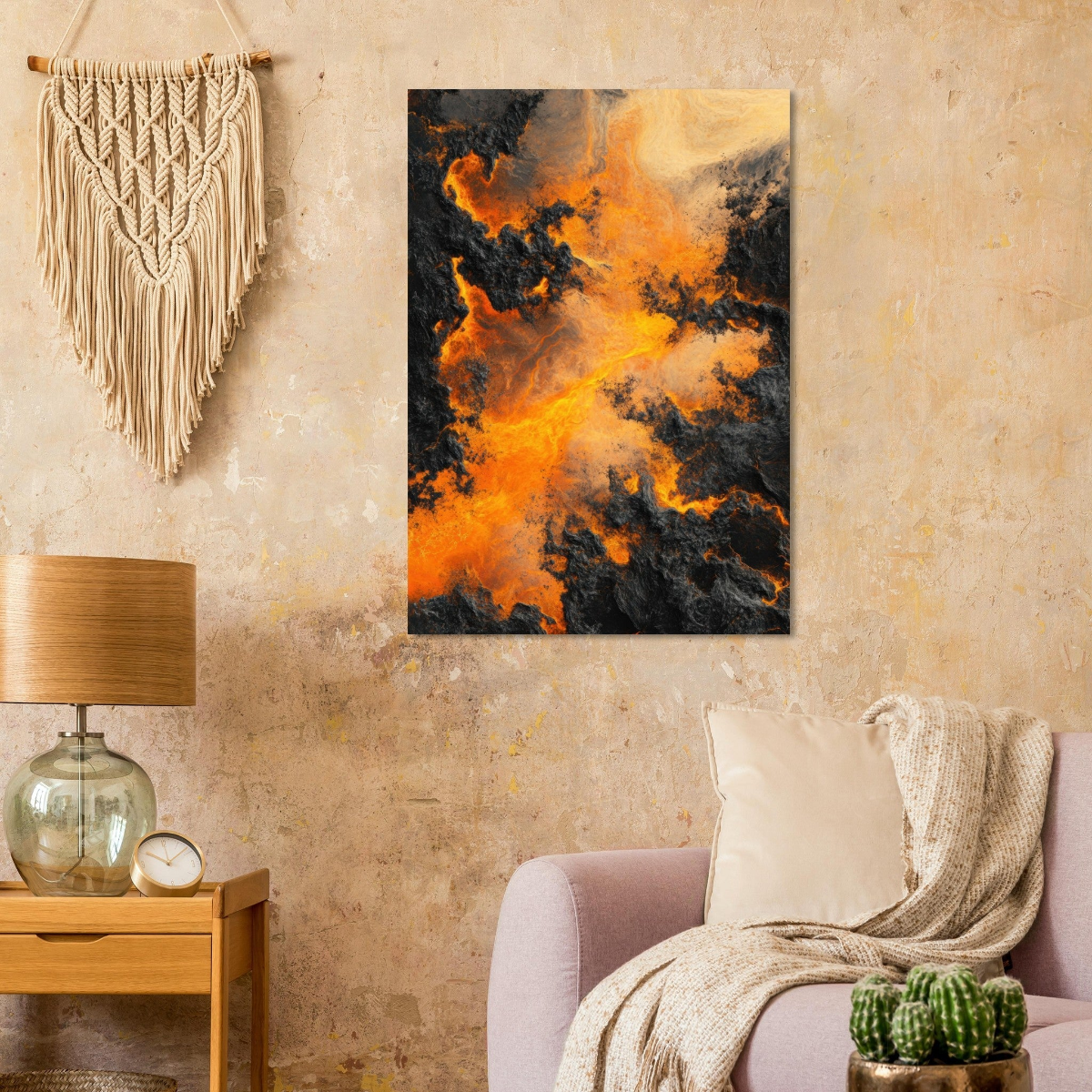
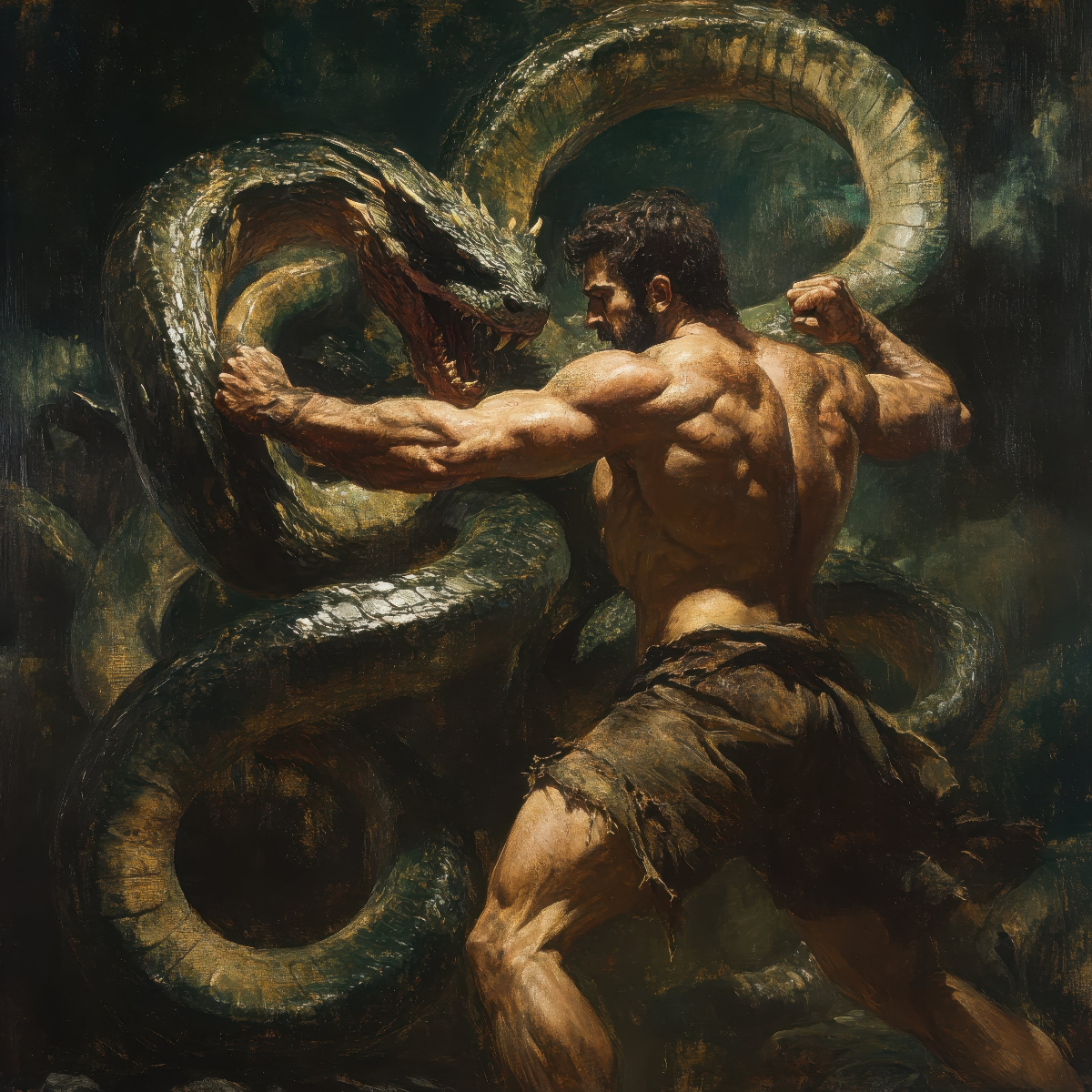
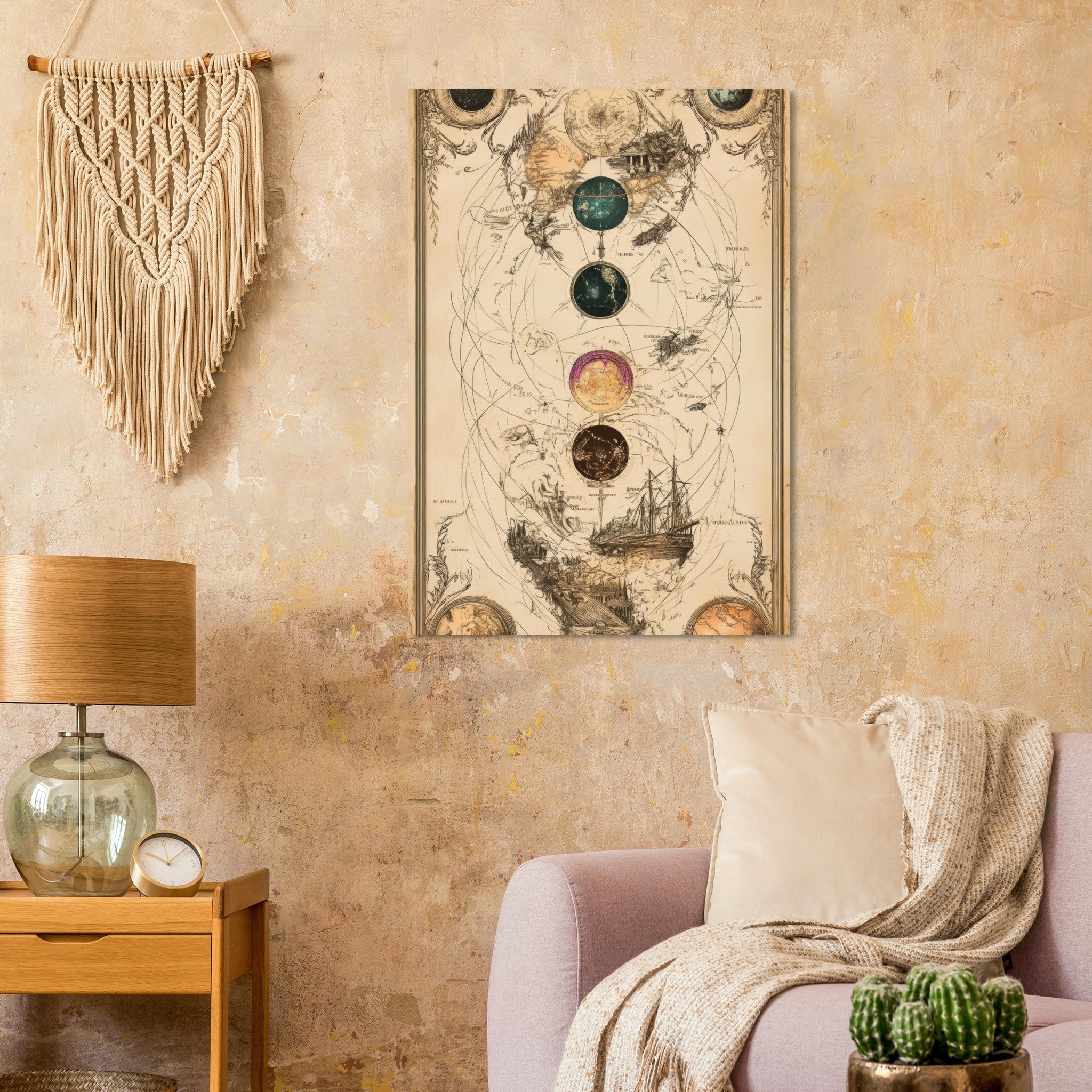
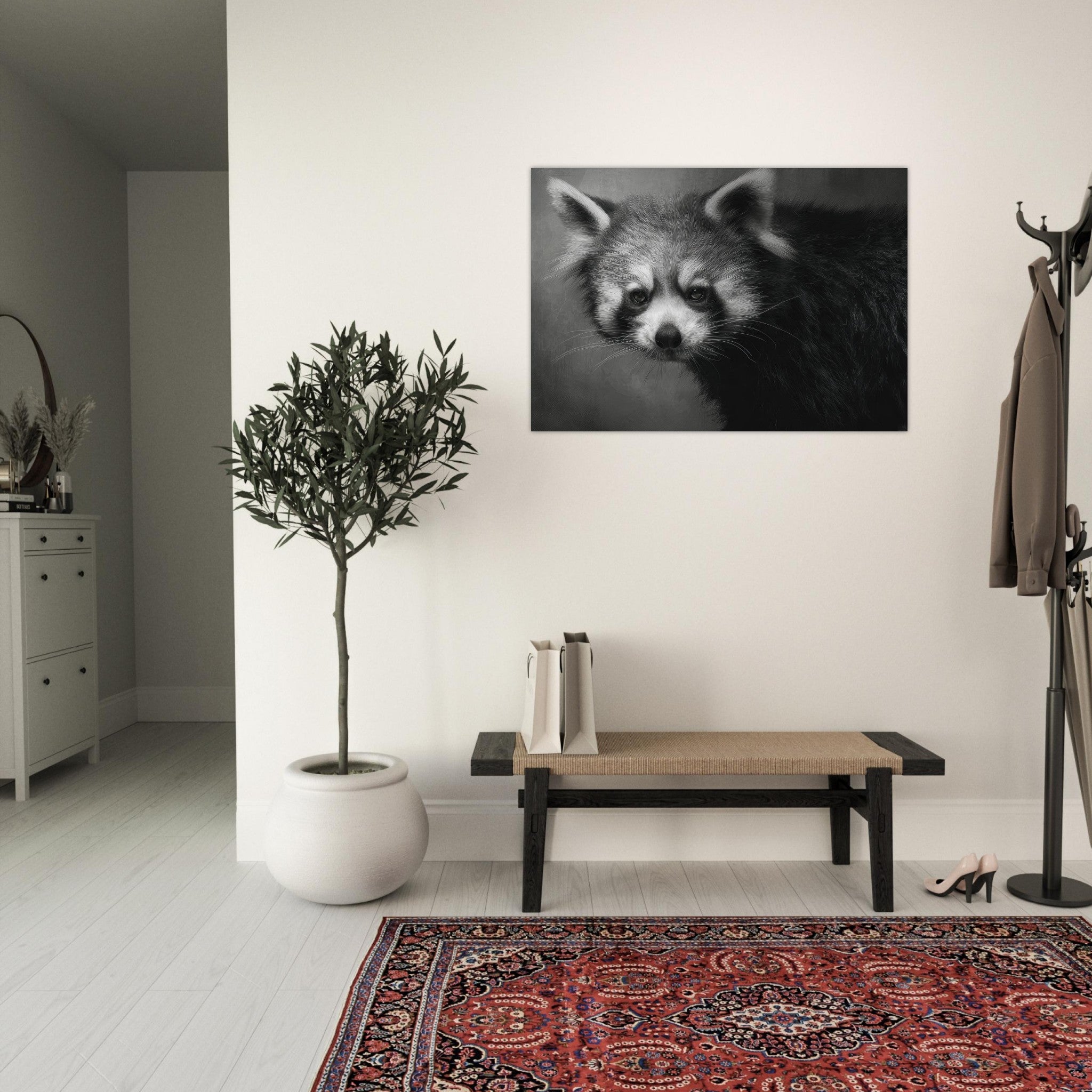
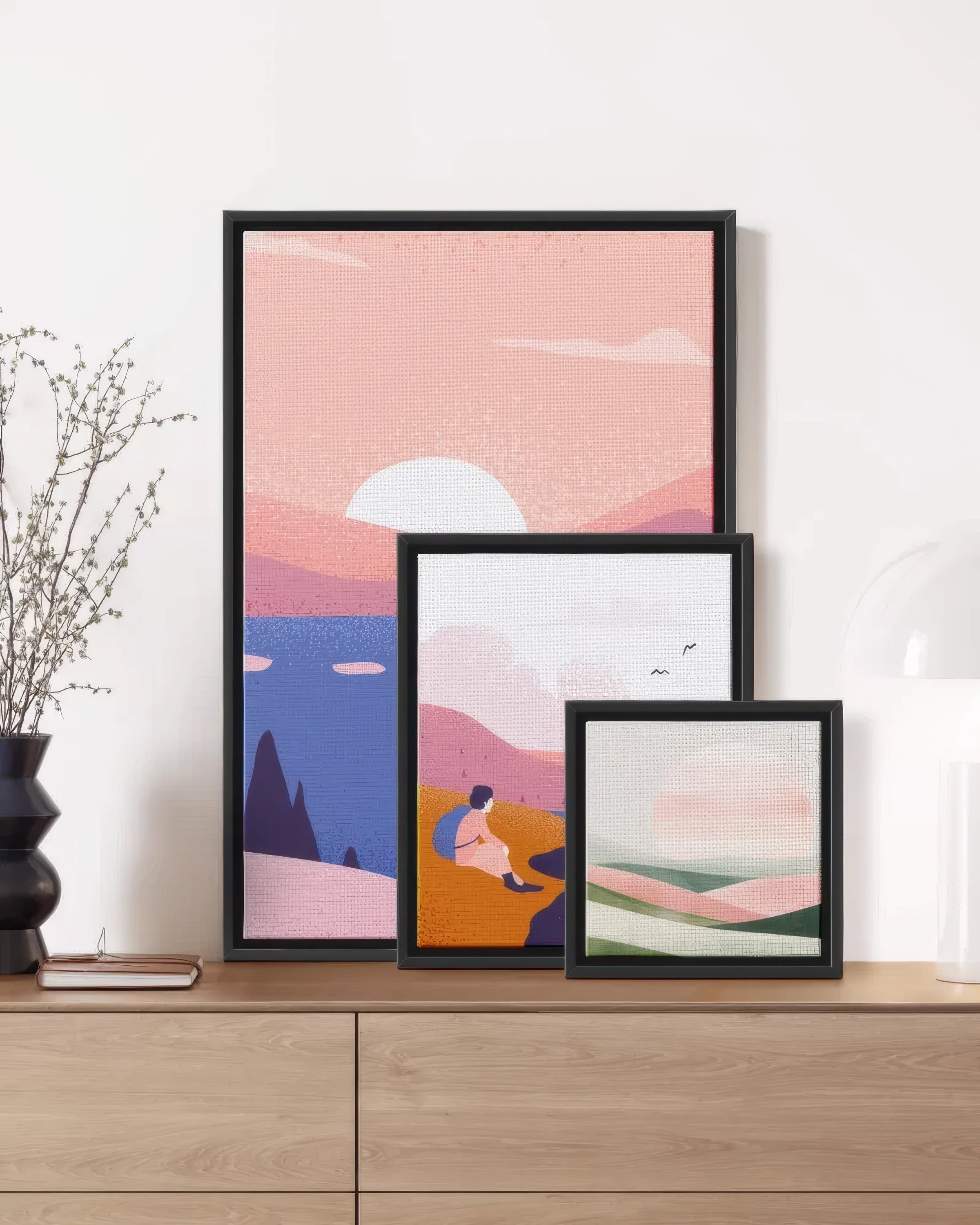
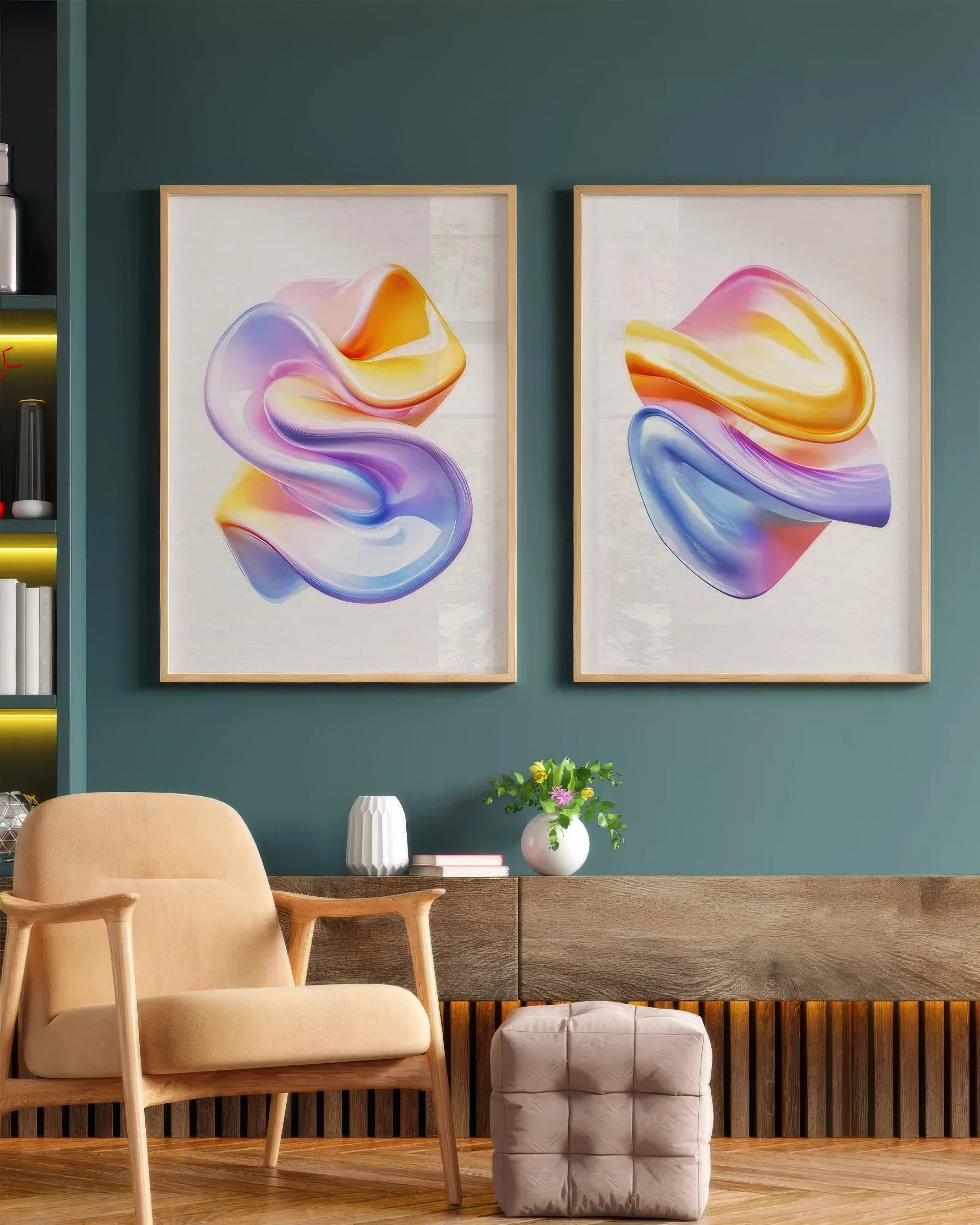
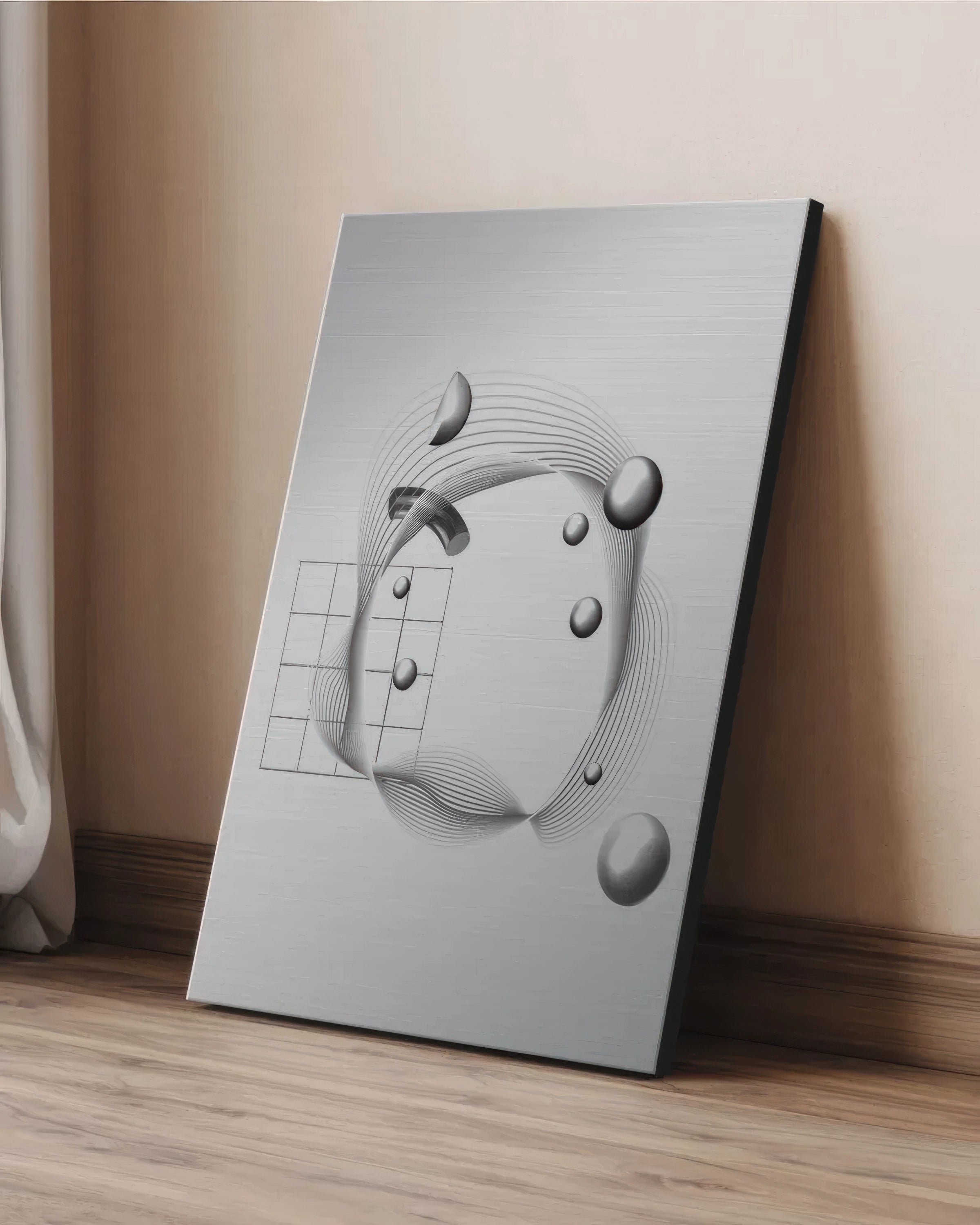
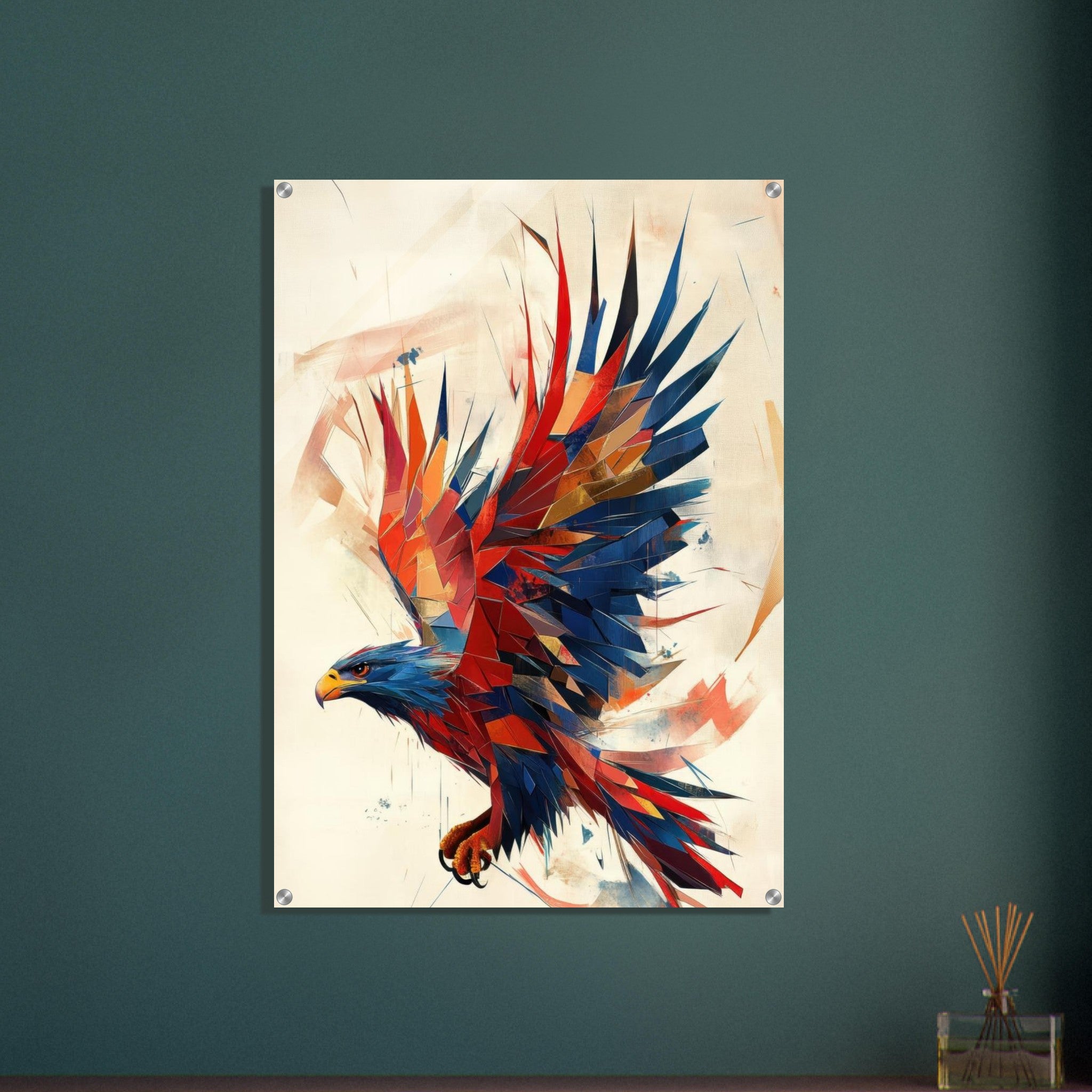
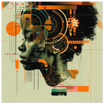
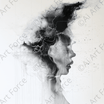
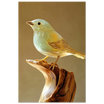
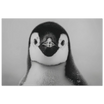
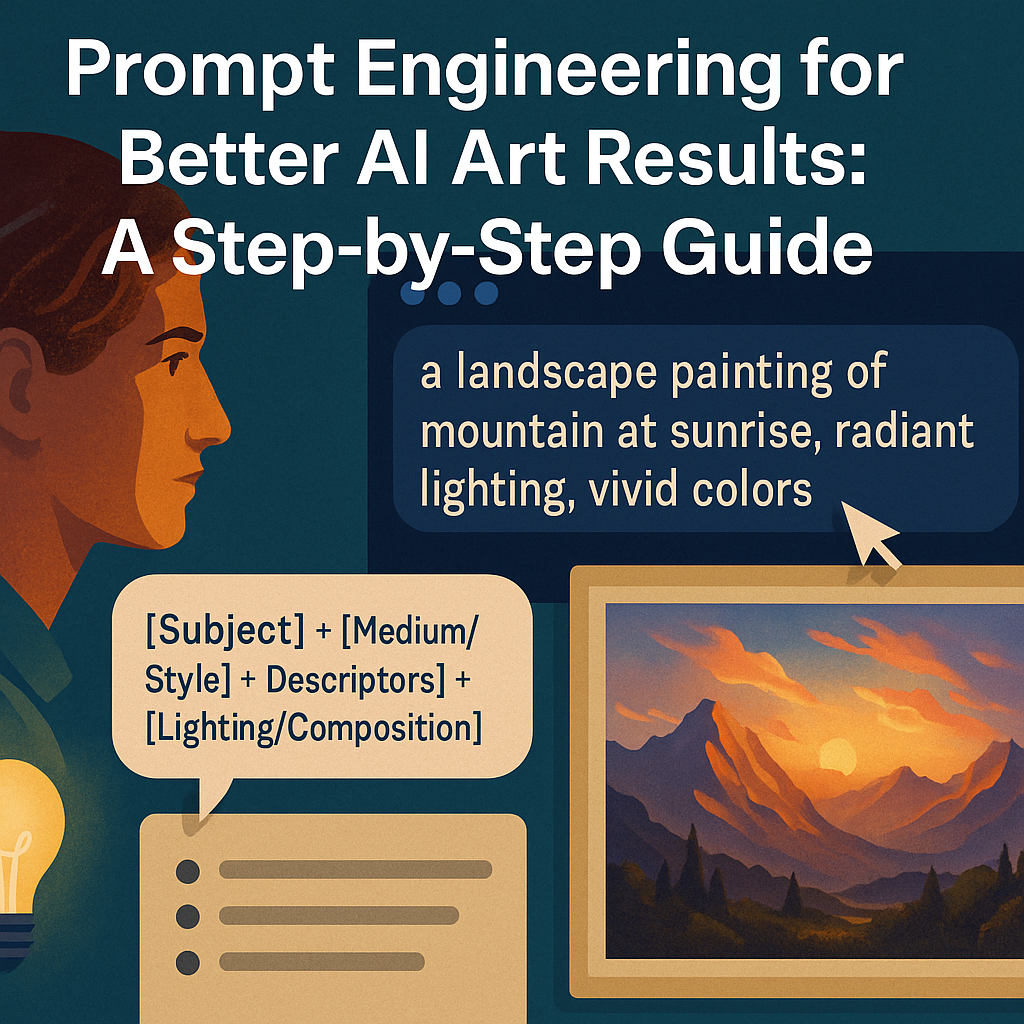
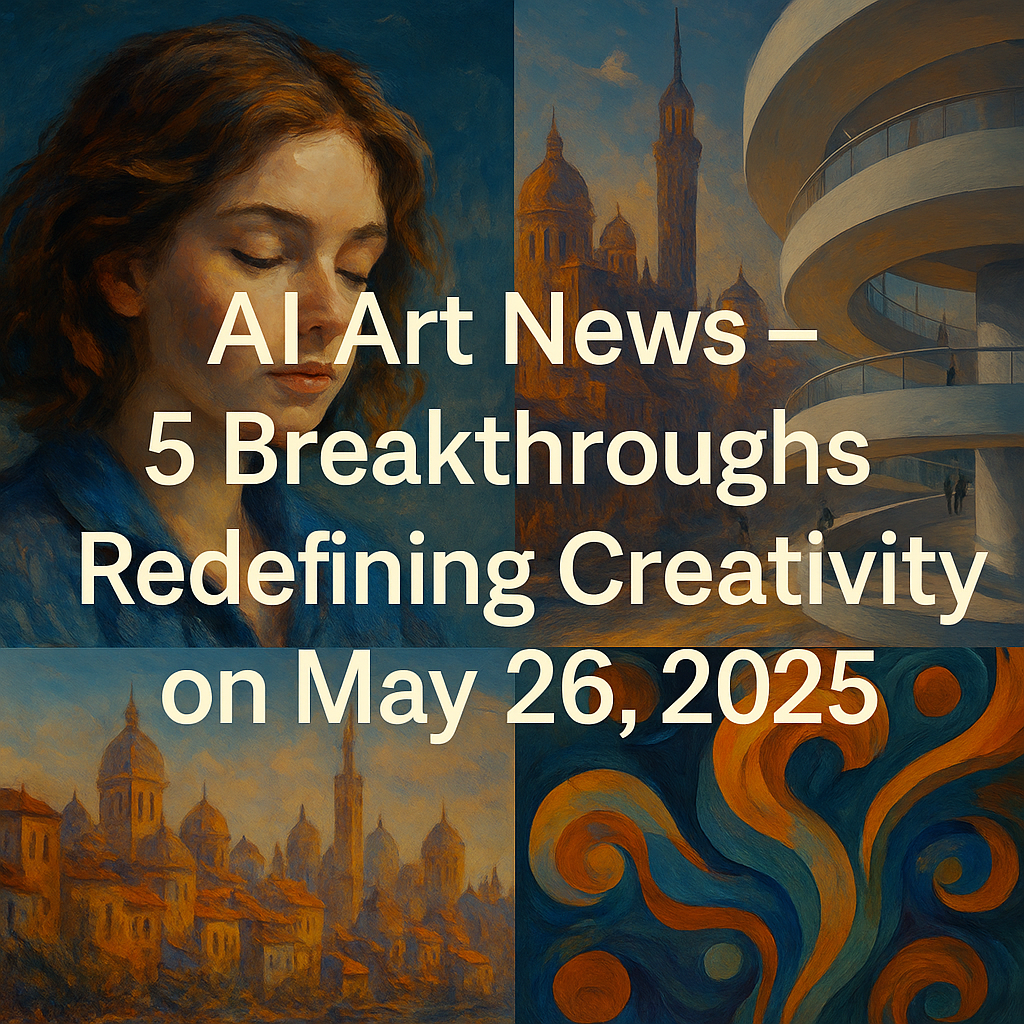
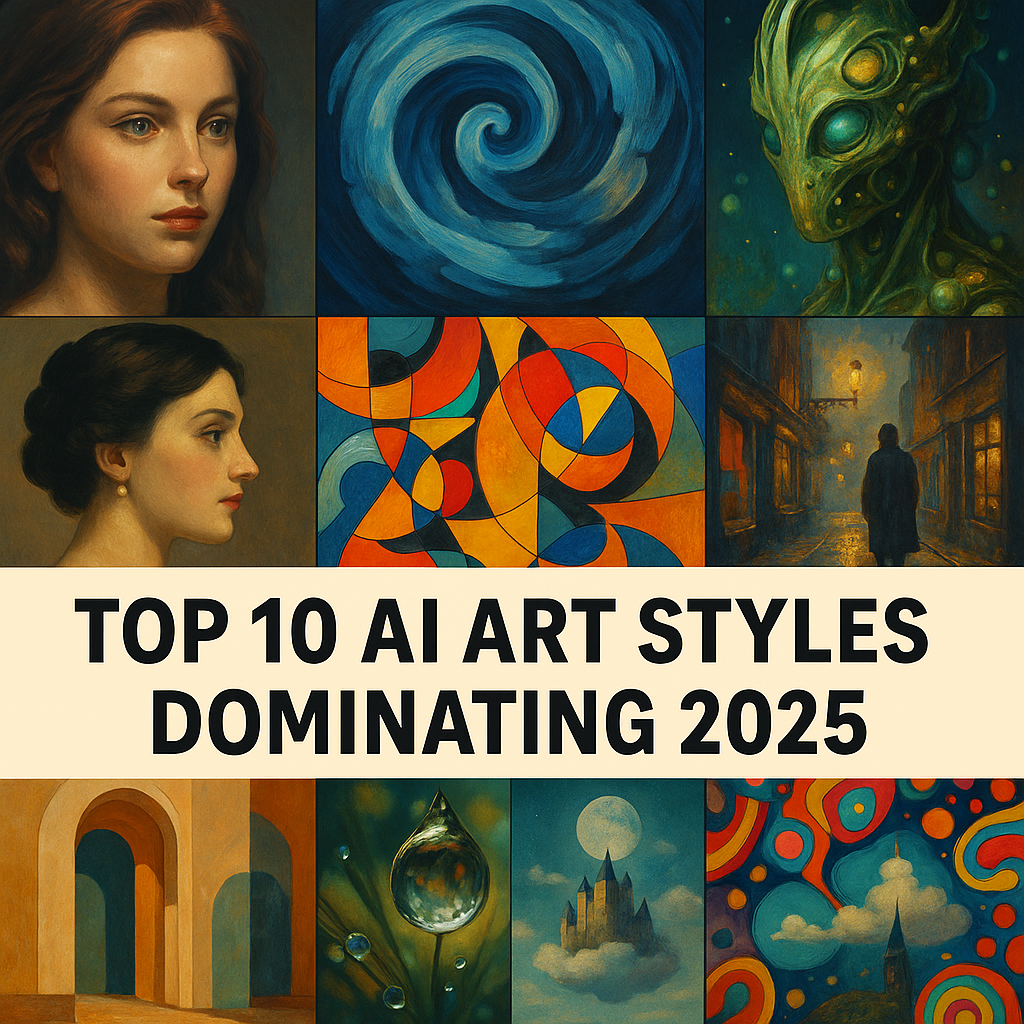
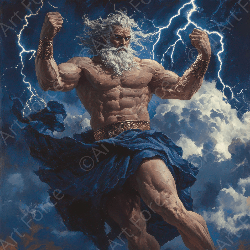
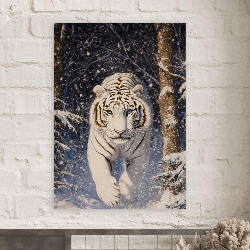
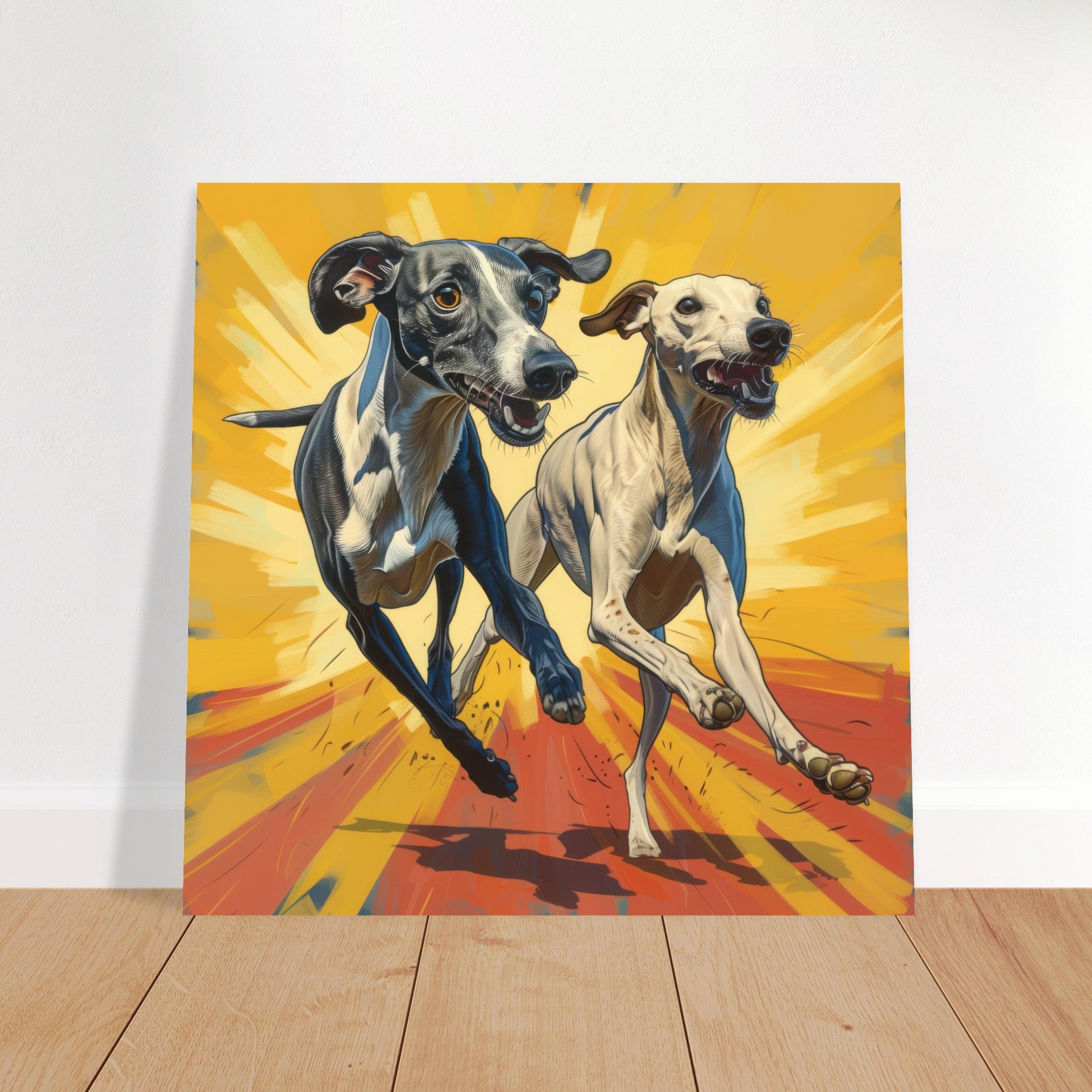
Leave a comment
This site is protected by hCaptcha and the hCaptcha Privacy Policy and Terms of Service apply.